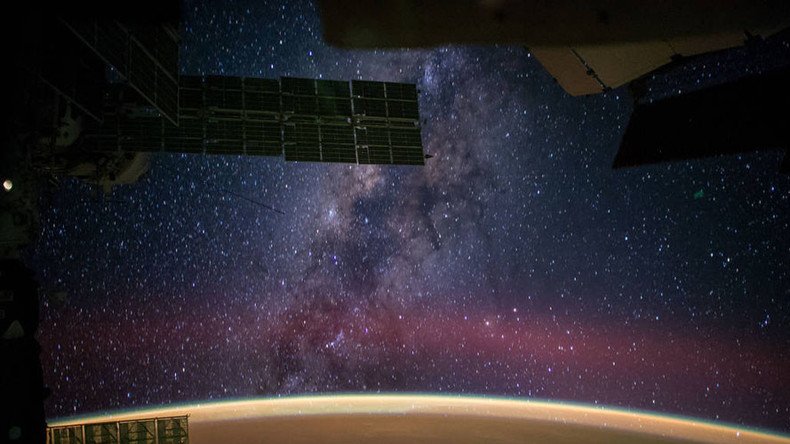Largest solar system ever known: Planet orbits star 1trn km away

A new study discovered that a planet previously thought to be a loner actually orbits a star 1 trillion kilometers away from it. It takes it a million Earth years to orbit its sun, making it the largest solar system found to date.
The giant gas planet – identified only as 2MASS J2126−8140 by scientists – lies 100 light years away from Earth. It’s around 12 to 15 times the mass of Jupiter, the largest planet in our Solar System.

"We were very surprised to find such a low-mass object so far from its parent star," said one of the study's authors, Dr Simon Murphy of The Australian National University.
2MASS J2126−8140's parent is a red dwarf star called TYC 9486-927-1. It’s so far away that it would take light a whole month to reach the planet.
"We can speculate they formed 10 million to 45 million years ago from a filament of gas that pushed them together in the same direction,” Murphy said.
Knowing the planet’s age allowed the scientists to estimate its size. Age is measured by the amount of lithium in a star’s atmosphere – the more lithium a star has, the younger it is.
Solar system may have 9 planets after all; Pluto still not one of them https://t.co/8X9FljU17kpic.twitter.com/Fz0jea2lOl
— RT (@RT_com) January 21, 2016"There is no way it formed in the same way as our solar system did, from a large disc of dust and gas,” Murphy said.
He said the discovery raised new questions about how planets form.
"This planet either formed in another system or formed by itself and was later captured by the star — we really don't know.”
The research is currently in preprint and will be published next month in the Monthly Notices of the Royal Astronomical Society.













